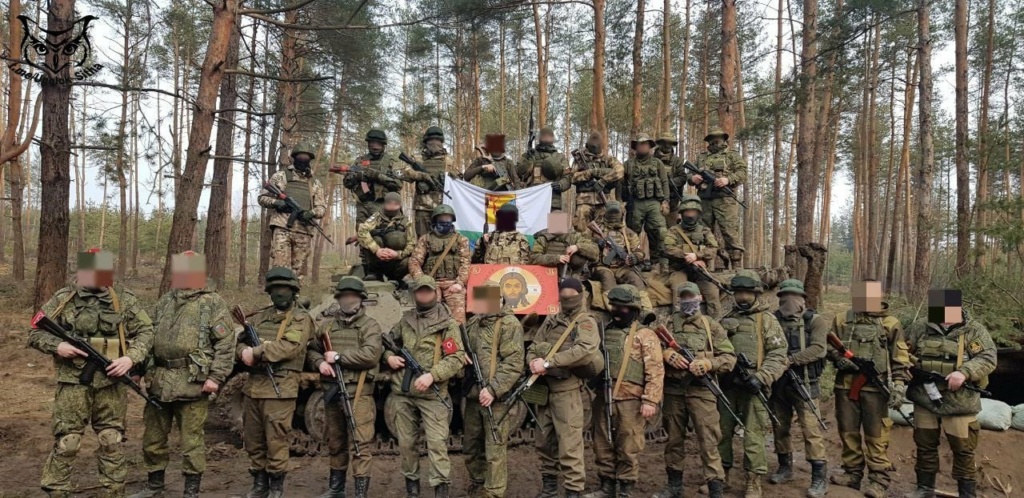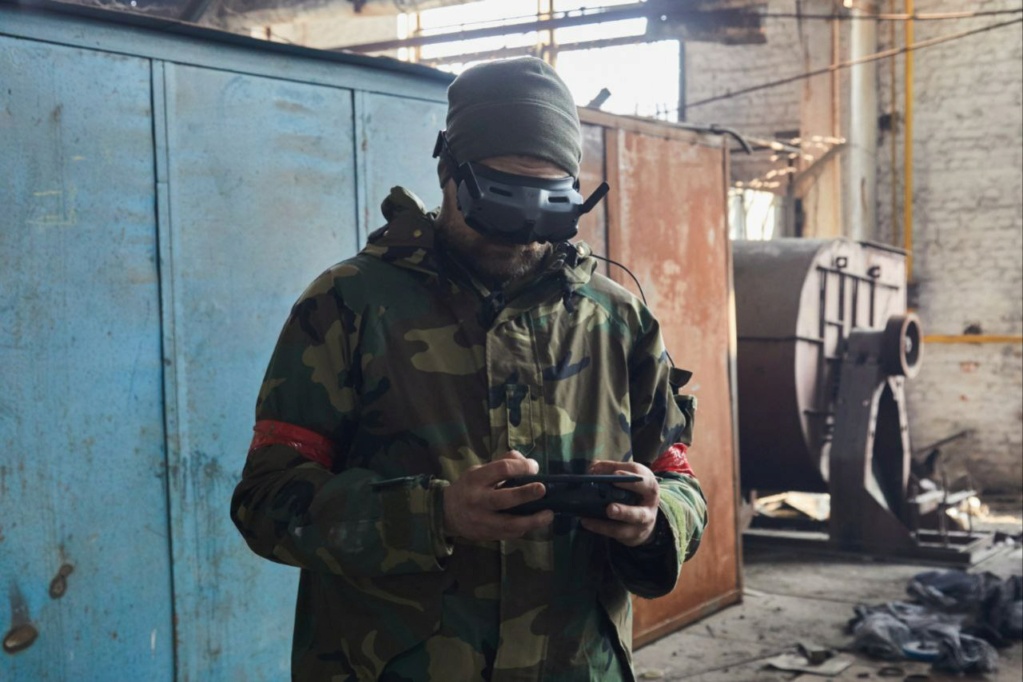Since the beginning of Russia's special military operation in Ukraine, the number of not only the so-called "couch experts", but also Telegram channels, "military analysts" commenting on certain aspects of military operations, has grown significantly, and the free use of terminology has exceeded all conceivable limits. The military observer of Gazeta.Ru, Mikhail Khodarenok, figured out what was wrong with the “barrage of fire tactics”, why there are no “operational encirclements”, and “delivery of ammunition” is possible only on AliExpress.
This week, a number of sources reported that the assault on Bakhmut continues, with the troops using the “barrage of fire” tactics.
First, to begin with, we note that it is not a “fiery” shaft, but a fire one. Secondly, the fire shaft in this case has nothing to do with tactics. It is included in the so-called types of fire, which artillery uses in the performance of fire missions. The firing shaft refers to the accompanying lights (they include a movable firing zone, the actual firing shaft and the consistent concentration of fire).
These lights are used during the period of artillery support for an attack with the aim of continuously advancing the attacking motorized rifle (tank) subunits and units.
The fire bar is used to break through enemy defenses prepared in advance and developed in engineering terms with a pronounced system of trenches and cut-off positions.The main lines of the fire shaft are given the names of predatory animals.
That is, in the sentence “the assault on Bakhmut continues, while the troops use the tactics of a “barrage of fire”, at least a mistake, and this is without any exaggeration, an ideological plan. When conducting combat operations in special conditions (and these include the assault on cities and battles in conditions of dense urban and industrial development), a barrage of fire is not used.
In this case, call lights, single target lights, concentrated lights, concentrated overlay lights (i.e., one point of aim) and a number of other types of lights can be used.
Or it is enough to say the now frequently used phrase "delivery of ammunition to the city of N is difficult at the present time" to demonstrate complete ignorance of the subject with just a few words. Delivery happens only in AliExpress. The Armed Forces are transporting materiel. Currently, at least three methods of delivery are known - the transport of each instance works in its own delivery link (delivery is carried out "from oneself"); transport works in a higher level of supply (delivery is carried out "on one's own"); transport operates in two or three adjacent links (“from oneself”, “to oneself”).
And the troops are not supplied with “ammunition”, but with material means - ammunition, fuel, food, military equipment. On the way back, the wounded and sick are taken away, spent shells from artillery pieces for their subsequent re-equipment. And the ammunition is a settlement and supply unit. Such units in the Armed Forces are: for ammunition - ammunition, for fuel and rocket fuel - refueling, for food - daily dacha.
Thus, the ammunition load is the amount of ammunition installed per weapon or combat vehicle (tank, aircraft, helicopter, etc.). It would be more correct to say - "in order to successfully carry out the upcoming combat missions, the troops concentrated up to five rounds of ammunition, up to 10 fuel refueling, more than 15 daily food distributions."
Or, the term "ground operation" is almost firmly embedded in the mass consciousness of Russian citizens. But in fact, operations are combined arms (common naval). Combined-arms operations include, for example, front-line (army, corps) operations, as well as a strategic aerospace operation, an operation of strategic nuclear forces and strategic operations in a theater of operations. That is, there can be no "ground operations" in principle. In the same front-line (army, corps) sometimes all types of the Armed Forces and branches of troops (forces) are involved - from long-range aviation to flotillas of diverse forces.
Very often today, analysts use the phrase "operational (tactical) environment." Hardly a day goes by without someone inserting those two or three words into their post.
In fact, there is no such term in the theory of operational art (and never has been). There are, for example, forms of operational maneuver. These include, in particular, frontal (cutting) strikes in one or more directions, cutting off strikes, operational detour (girth), strikes in converging directions. It is in the latter case that the encirclement of enemy troops (forces) can take place, and then the encircled grouping will be dissected and destroyed piecemeal.
But the environment - and this should be emphasized especially - is also the environment in Africa. It actually either exists or it doesn't.The words “almost”, “a little bit left”, “a little more”, “we are already controlling by 70%” so often used today are absolutely not applicable here. And the expressions “practically surrounded”, “are in the operational (tactical) environment” have nothing to do with reality at all.Comrade Stalin dismissed even the chiefs of staff of the fronts for such reports.
It would seem that all of the above can be attributed only to petty and formal cavils of a military cracker, which do not affect the essence of the issue. However, this is not the case. As Napoleon Bonaparte said, to name correctly is to understand correctly. You get confused in the little things, so you do not understand the main thing. It is well known that if military terminology is used incorrectly, in the end, the output may not be information, but disinformation.
NOTE: wonder if some here might suffer from this

or perhaps I'm wrong






 or perhaps I'm wrong
or perhaps I'm wrong 


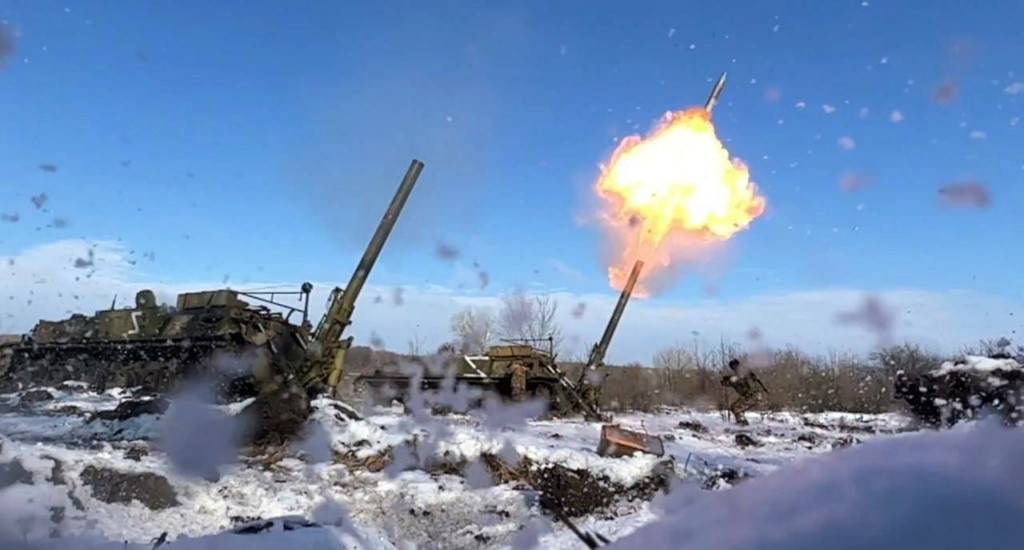




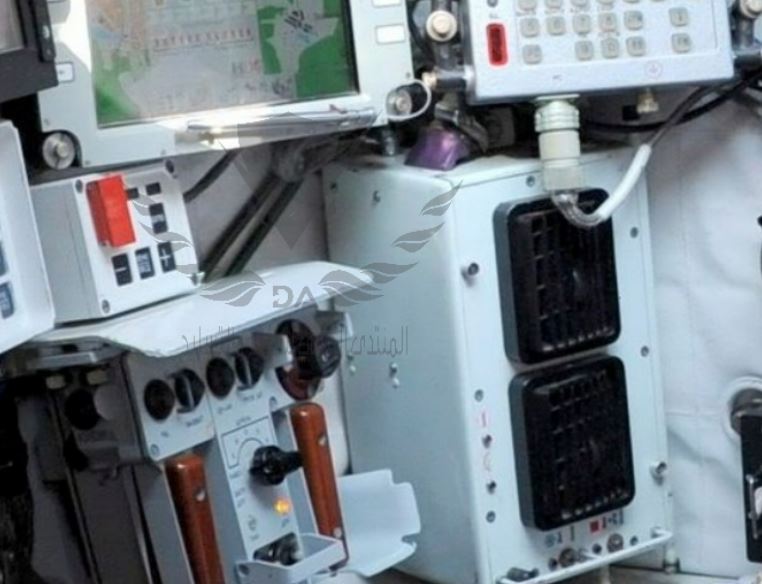
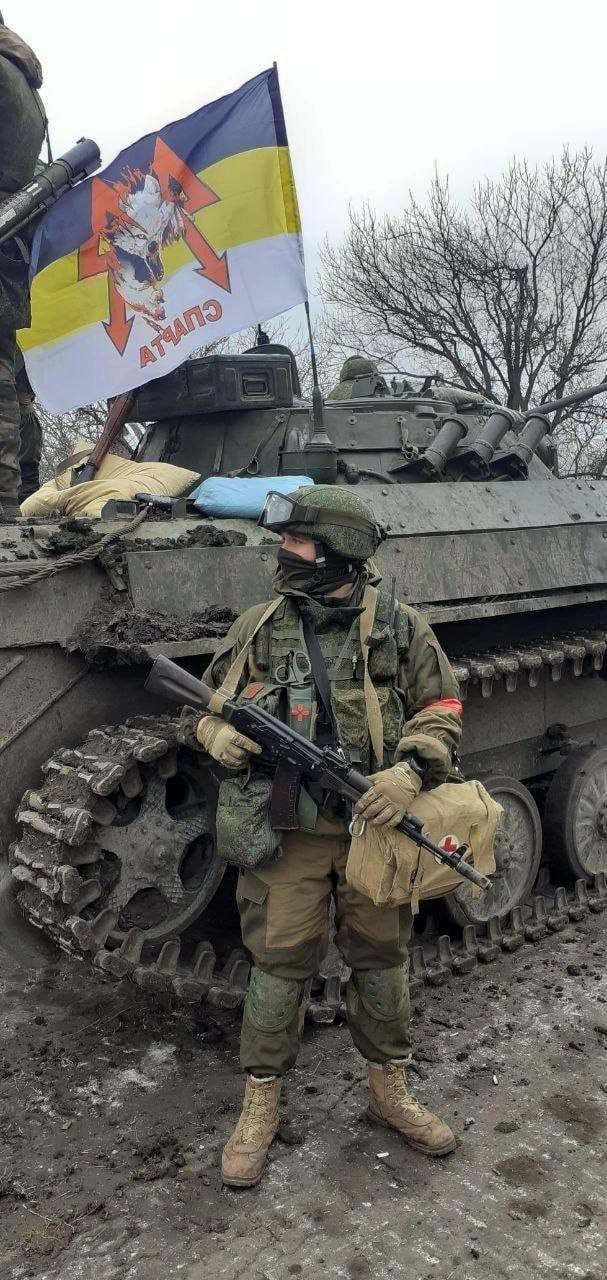
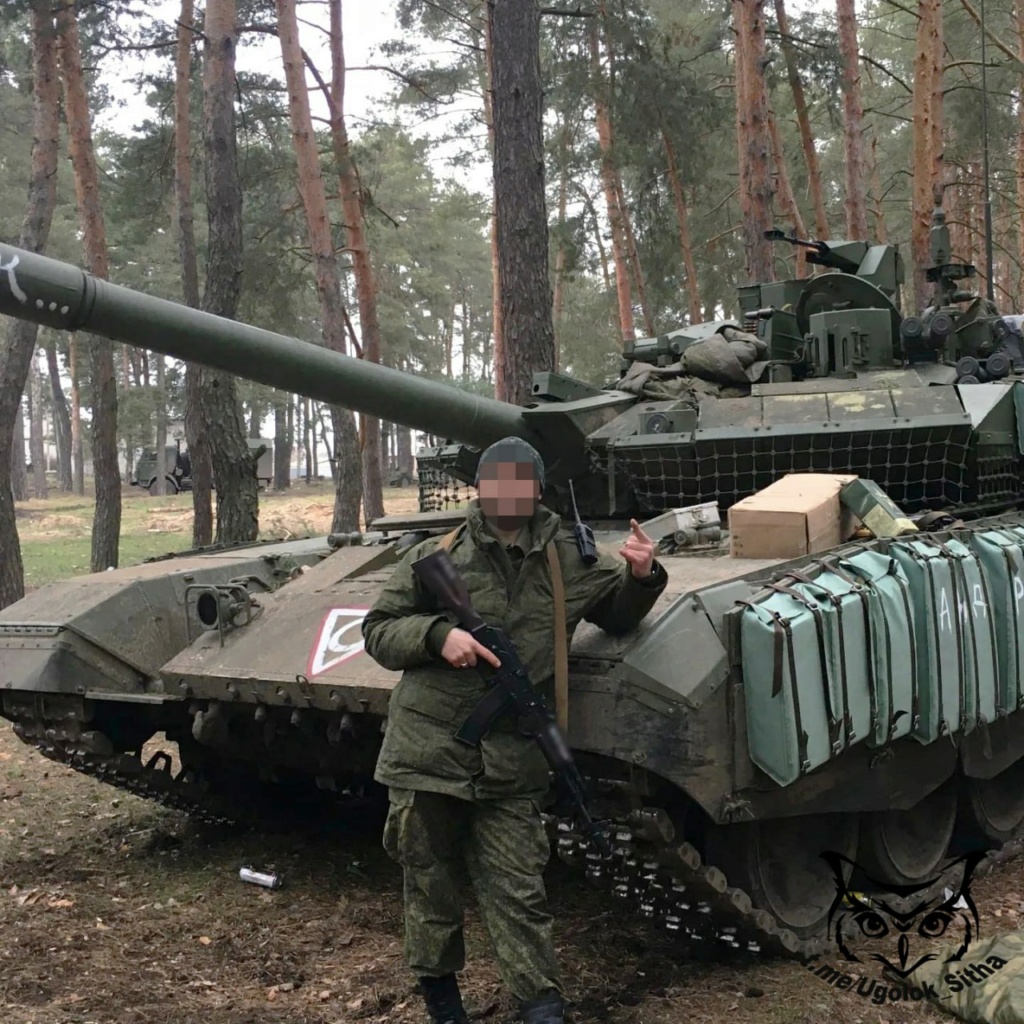

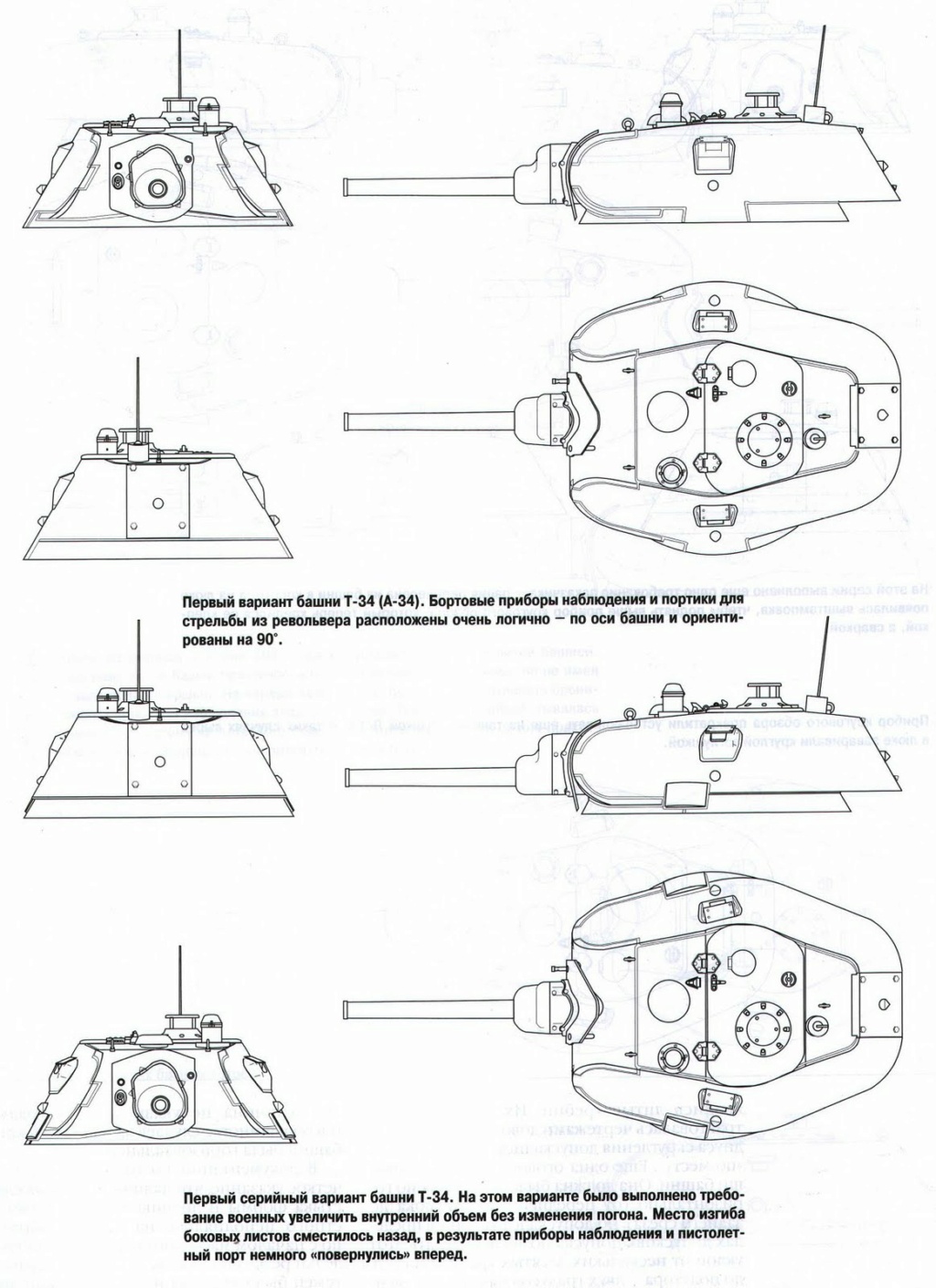
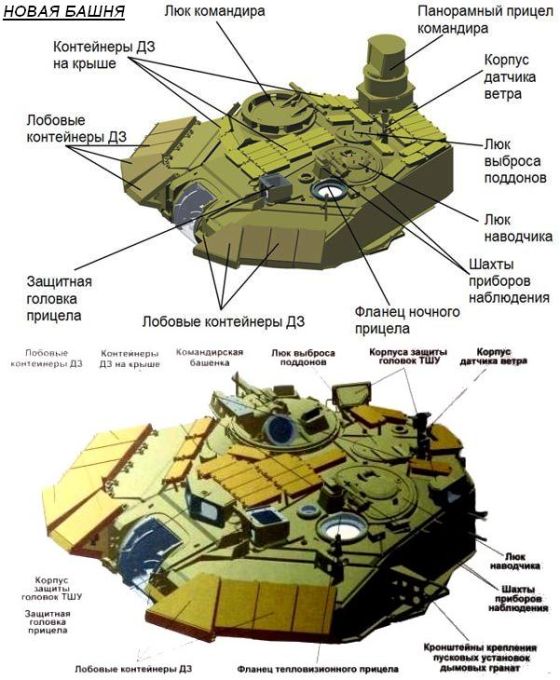



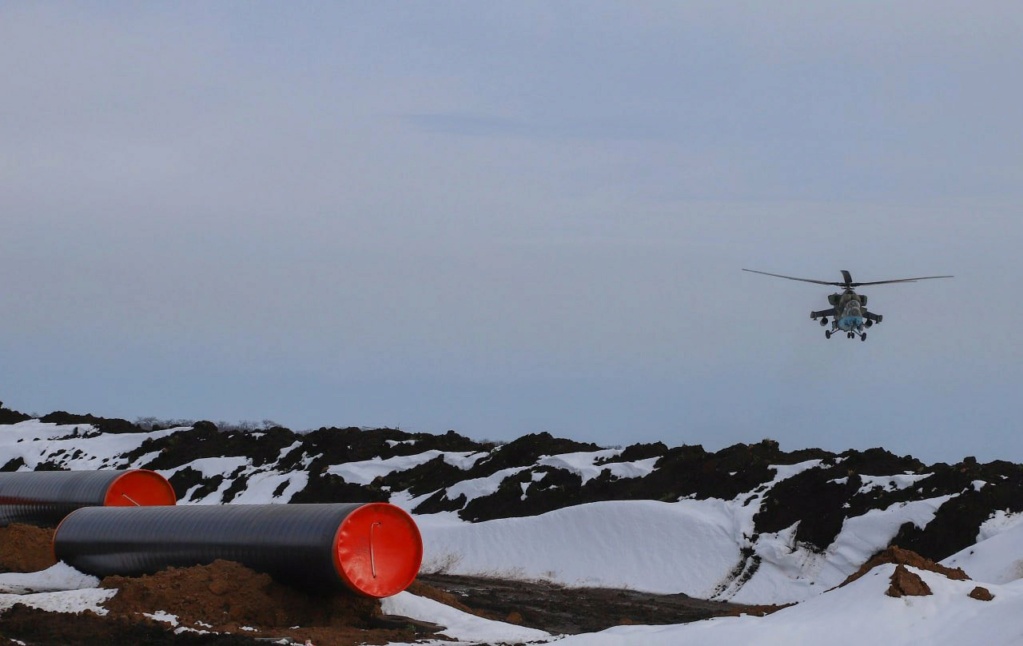
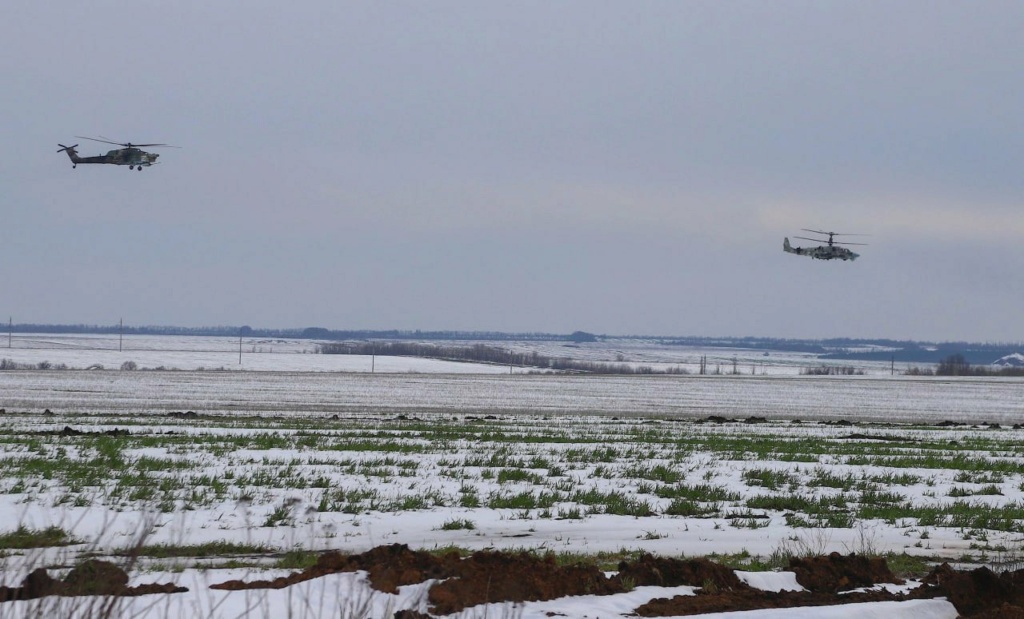



 Now that was epic
Now that was epic 